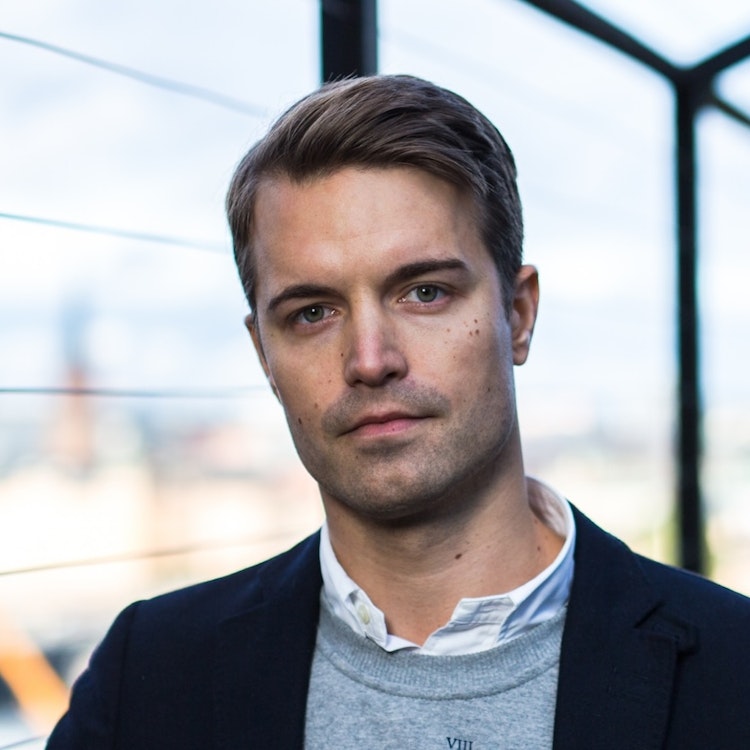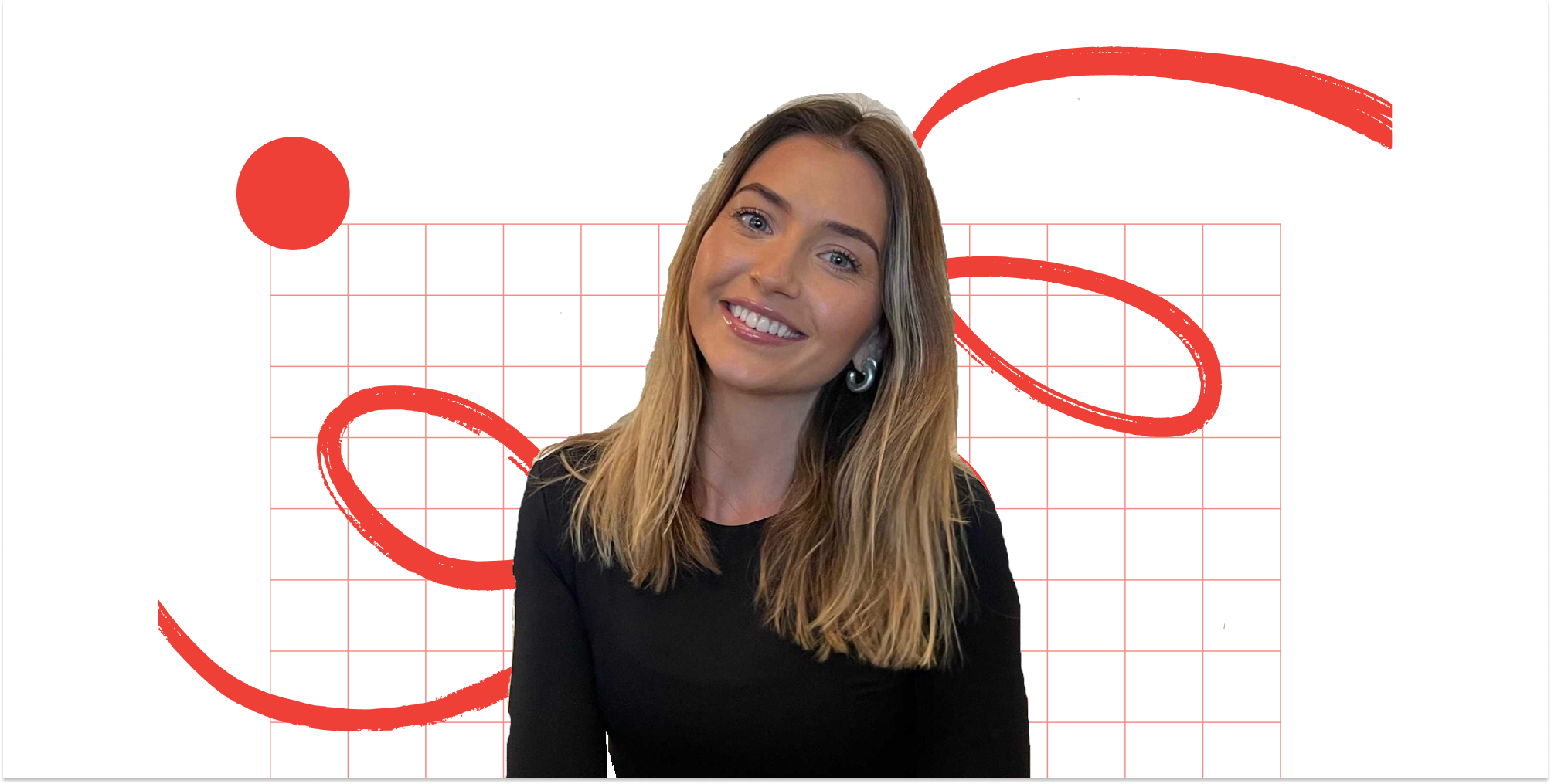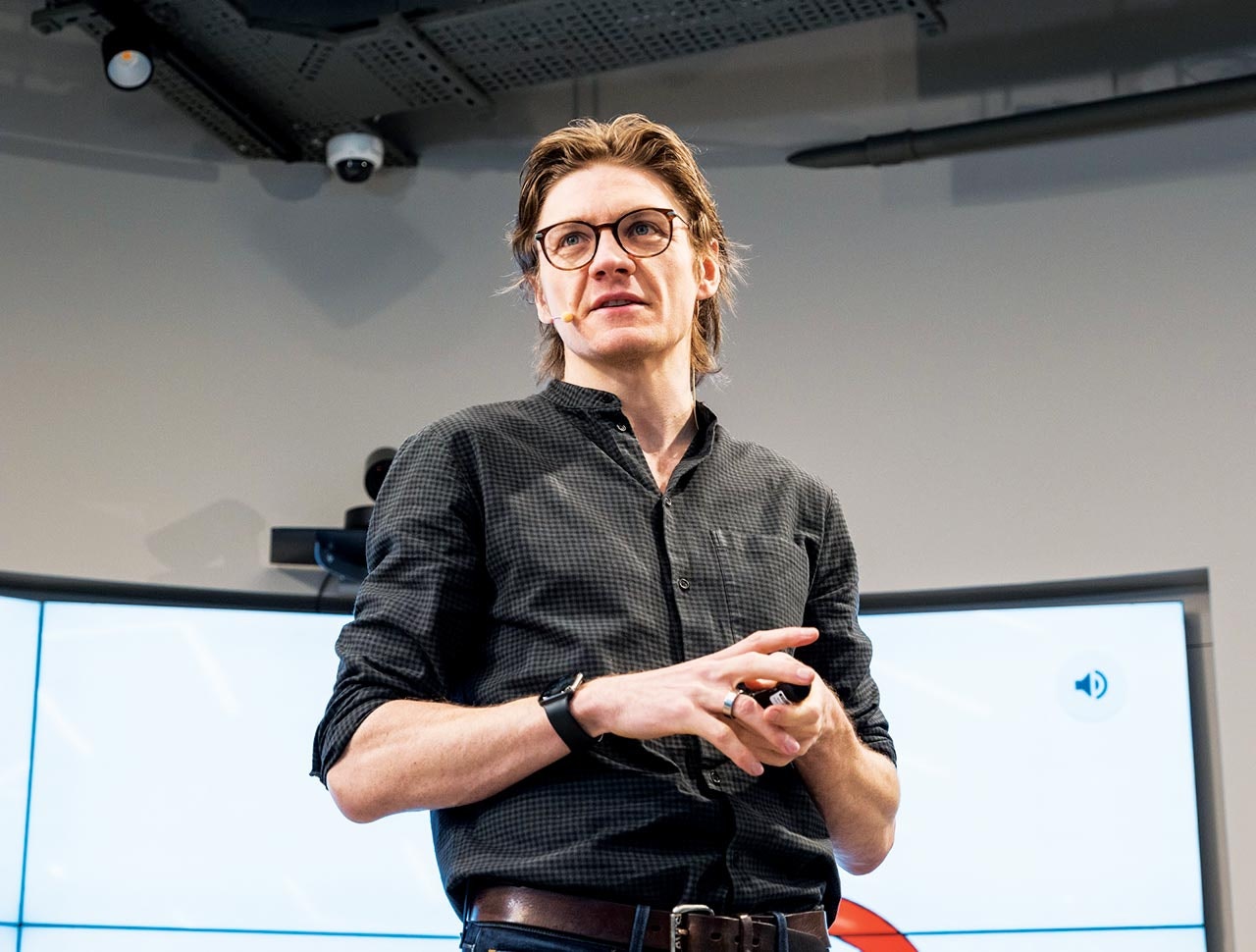Some founders fail and go on to start new, more successful startups. Some founders fail and leave startup life behind for good.
A much smaller group of founders have a second go with the same company — without their previous shareholders.
This was the case for Alexander Hjertström, a Swedish entrepreneur who saw his eight-year-old startup go bankrupt last year. With no other competing bids for the whole business, he was able to repurchase the company for much less money than it had previously raised.
“When we filed for bankruptcy, my initial plan was to move on. But then there was an opportunity to buy it back,” Hjertström says.
From positive results to bankruptcy in two years
Hjertström founded his startup, Airinum, in 2015. It sold air filter masks and saw an upswing in customers following the wildfires in California in 2018. And in the early days, the small company grew by about 200-300% annually. When Covid hit, masks became a common feature everywhere — and Airinum entered hypergrowth.
It couldn’t, however, manage the rising demand for its products. At a board level, with founders and investors present, it was decided to invest in upgrading the technical systems and making high-profile hires “because of the tailwind” the company experienced. With the help of a London-based investment bank, Airinum would try to get to the next level, by trying to find an acquirer. As it turned out — it took too long.
“Things were going well. But the due diligence process with the investment firm took a long time and we spent so many resources on that, which was detrimental to the business,” Hjertström says.
Airinum worked with the investment firm for over a year, without finding a solution. Then sales started to drop. Revenue dropped by one-third, going from SEK 150m (€13.4m) in 2020 — as well as a positive EBITDA (earnings before interest, taxes, depreciation and amortisation) of SEK 40m (€3.6m) — to SEK 100m in 2021. In 2022, its revenue halved to SEK 50m (€4.5m).
“Within that year we were going through a lot of due diligence with interested partners, but when our nice upward trend was broken, we were out,” Hjelmström says.
From 2021, the company looked for external capital to solve its financial problems. A year later, the founders ended up trying to find a solution with existing shareholders.
“There was hope internally that we could turn this around but as time went on I think the discussions at board level became somewhat irrational,” Hjelmström says.
Even though investors had invested around 50m sek (€4.5m) in Airinum, Hjertström felt they weren’t willing to find a “creative solution” to the issue — partly because they had several other failing startups in their portfolio to support.
”They were just too scared I think. In the end, there was no other way around it,” he says.
Airinum went bankrupt at the beginning of 2023.
A cap table issue
Early on, Airinum had been backed by many angels and a family office, which were sitting on a lot of shares in the company. It had also taken loans from banks, along with the Almi loan service (the Swedish government-owned agency to help startups and other businesses with grants and loans), and had received some Covid tax relief.
This was perceived as a “messy” setup for potential new investors, according to Hjertström, and made fundraising even more challenging.
“In the beginning, you don’t have the luxury to pick your cap table. In the end, the cap table wasn’t great with a lot of angel investors and loans,” he says.
“In our case, [our options were] either to sell the whole company or find a solution with our existing shareholders. To bring in a new investor became too difficult, due to our owner structure,” he adds.
From bankruptcy to starting fresh
Founders often look to restructure their companies instead of filing for bankruptcy. For Airinum, based in Sweden, that wasn’t a possibility due to changed restructuring laws in Sweden and because Airinum didn’t have enough debt for such a solution to make sense.
Before filing for bankruptcy, Airinum had to make sure which creditors needed to be paid first and to secure employees a government income guarantee, as well as securing enough capital for taxes and social security.
When the bankruptcy is filed in court in Sweden, the court appoints a bankruptcy administrator (trustee) — usually an experienced lawyer — to take over the case. The responsibility then falls on the trustee to make decisions about the assets of the company. It does due diligence on the company to decide whether to sell the business in parts or as a whole. In Airinum’s case, it decided on the latter.
“It was a bit surreal since we had been working with an investment bank for one year to sell the company and now we were doing the same thing but in express mode with a bankruptcy trustee,” Hjertström says.
With all the shares and shareholders gone, the trustee put an advert in a Swedish newspaper to find a buyer but found itself in a similar situation as the investment bank: the interested parties only wanted to purchase parts of the business.
“After two months I was able to put together a proposal to buy the company with minimal costs to the trustee,” Hjertström says.
“This is why I guess this solution for founders to buy their bankrupt startups exists in Sweden. I doubt it is the way in most other countries.”
The liquidation process is similar in many European countries, including the UK and Germany, however, the founder getting the opportunity to purchase the company's assets is not that common.
“Most founders don’t want to find out how to go through bankruptcy, since this is the last thing any founder believes will happen to them. Now I’m happy that I understood the process,” Hjertström says.
Looking for an M&A deal
Even if it was a cheap deal, it wasn’t cheap enough for Hjertström to purchase his former company on his own. He was joined by two former board members and two former key employees to buy all of the company’s assets.
The new company, which will launch in a few weeks, must change its name. It will also focus more on breathing filtered air as part of preventative healthcare.
“Masks were only the starting point for Airinum but with the pandemic, we didn’t have time to focus on anything else. If it had only been the masks that had been for sale, I wouldn’t have bought it,” he says.
With the learnings he has from running Airinum, he has decided that the new company will not raise VC but instead try to find an M&A solution as early as later this year.
“We don’t want to do the same fundraising journey as we did last time. This time we want to hook up with someone else in an M&A deal to find the synergies necessary to deliver the impact we strive for,” he says.



